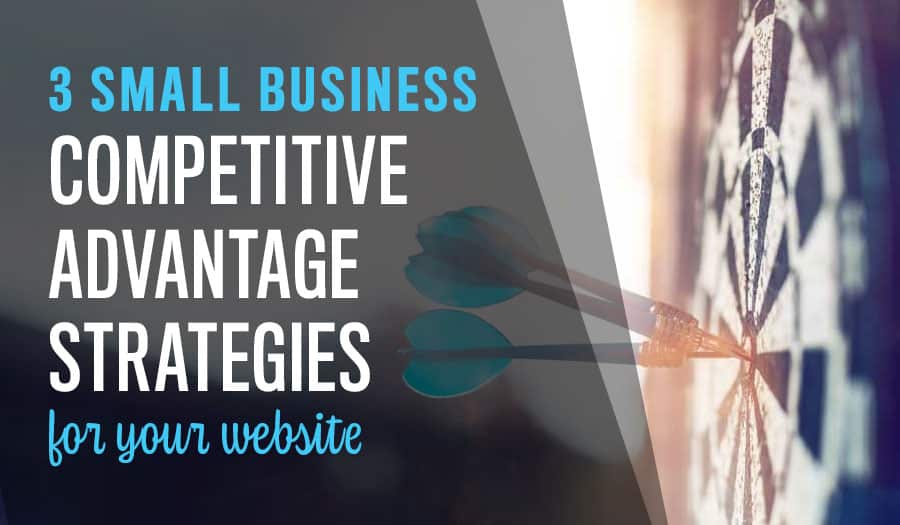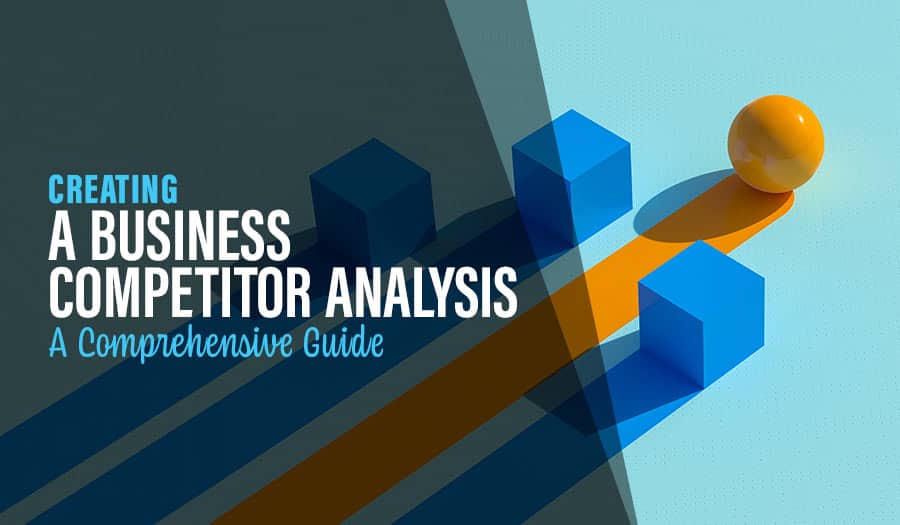No matter its size, every business always strives to maintain its competitive advantage over its competitors. Let’s explore these 3 Small Business Competitive Advantage Strategies; Cost Leadership, Differentiation Strategy and Focus Strategy.
It can be a struggle to identify true cost leaders in any industry. Finding companies that have a sustainable advantage through their differentiation strategy is something that can not be copied or imitated in time.
And then there is Apple – which really is a Blue Ocean company that exists in both categories.
Porter’s generic strategies are ways of gaining competitive advantage – in other words, developing the “edge” that gets you the sale and takes it away from your competitors.
He (and many others) argue that there are three options for businesses to get the edge:
3 Small Business Competitive Advantage Strategies for your website
- Cost Leadership
- Differentiation Strategy
- Focus Strategy
1. Cost Leadership
There are two main ways of achieving this within a Cost Leadership strategy:
- Increasing profits by reducing costs while charging industry-average prices.
- Increasing market share through charging lower prices while still making a reasonable profit on each sale because you’ve reduced costs.
Remember that Cost Leadership is about minimising the cost of delivering products and services. The cost or price paid by the customer is a separate issue.
The Cost Leadership strategy is precisely that – it involves being the leader in terms of cost in your industry or market. Simply being amongst the lowest-cost producers is not good enough, as you leave yourself wide open to attack by other low-cost producers who may undercut your prices and therefore block your attempts to increase market share.
You, therefore, need to be confident that you can achieve and maintain the number one position before choosing the Cost Leadership route. Companies that are successful in achieving Cost Leadership usually have:
- Access to the capital needed to invest in technology will bring costs down.
- Very efficient logistics.
- A low-cost base (labour, materials, facilities), and a way to sustainably cut costs below those of competitors.
The most significant risk in pursuing a Cost Leadership strategy is that these sources of cost reduction are not unique to you and that other competitors will copy your cost reduction strategies. This is why it’s important to find ways of reducing every cost continuously. One successful way of doing this is by adopting the Japanese Kaizen philosophy of “continuous improvement”.
2. Differentiation Strategy
Differentiation involves making your products or services different from and more attractive than your competitors. How you do this depends on the exact nature of your industry and the products and services themselves, but will typically involve features, functionality, durability, support and the brand image your customer’s value.
To make a success of a generic Differentiation strategy, organisations need:
- Good research, development and innovation.
- The ability to deliver high-quality products or services.
- Effective sales and marketing so that the market understands the benefits offered by the differentiated offerings.
Large organisations pursuing a differentiation strategy must stay agile with their new product development processes. Otherwise, they risk an attack on several fronts by competitors pursuing Focus Differentiation strategies in different market segments.
3. Focus Strategy
Companies that use Focus strategies well concentrate on particular niche markets and, by understanding the dynamics of that market and the unique needs of customers in it, develop uniquely low-cost or well-specified products for the market. Because they serve customers in their market uniquely well, they tend to build strong brand loyalty amongst their customers. This makes their particular market segment less attractive to competitors.
As with broad market strategies, deciding whether you will pursue Cost Leadership or Differentiation is essential once you have selected a Focus strategy as your primary approach: Focus is not normally enough on its own.
But whether you use Cost Focus or Differentiation Focus, the key to making a success of a generic Focus strategy is to ensure that you are adding something extra as a result of serving only that market niche. It’s simply not enough to focus on only one market segment because your organisation is too small to serve a broader market (if you do, you risk competing against better-resourced broad market companies’ offerings.)
The “something extra” that you add can contribute to reducing costs (perhaps through your knowledge of specialist suppliers) or to increasing differentiation (through your deep understanding of customers’ needs).
Generic strategies apply to not-for-profit organisations too. A not-for-profit can use a Cost Leadership strategy to minimise the cost of getting donations and achieving more for their income, while one pursuing a Differentiation strategy will be committed to the very best outcomes, even if the volume of work they do as a result is lower. Local charities are great examples of organisations using Focus strategies to get donations and contribute to their communities.
Speak to Sydney’s leading Web Agency and take your business to the next level with a Pixel Fish Website.
Check out some of our latest Website Design projects.
Further Information
Pixel Fish Hosting, Support & Maintenance
Is your WordPress Hacked? Here are 5 Potential Reasons
10 WordPress Plugins to Speed Up Your Ecommerce Website
Top 3 Ecommerce Customer Service Tactics for your Website
9 Reasons to Use WordPress for Your E-Commerce Website



